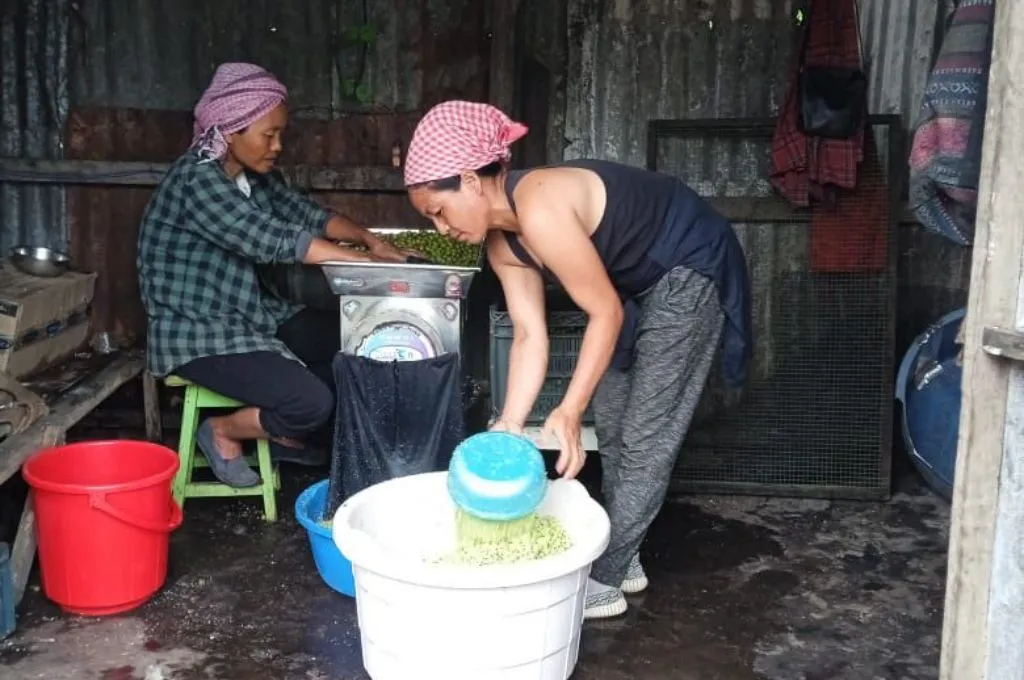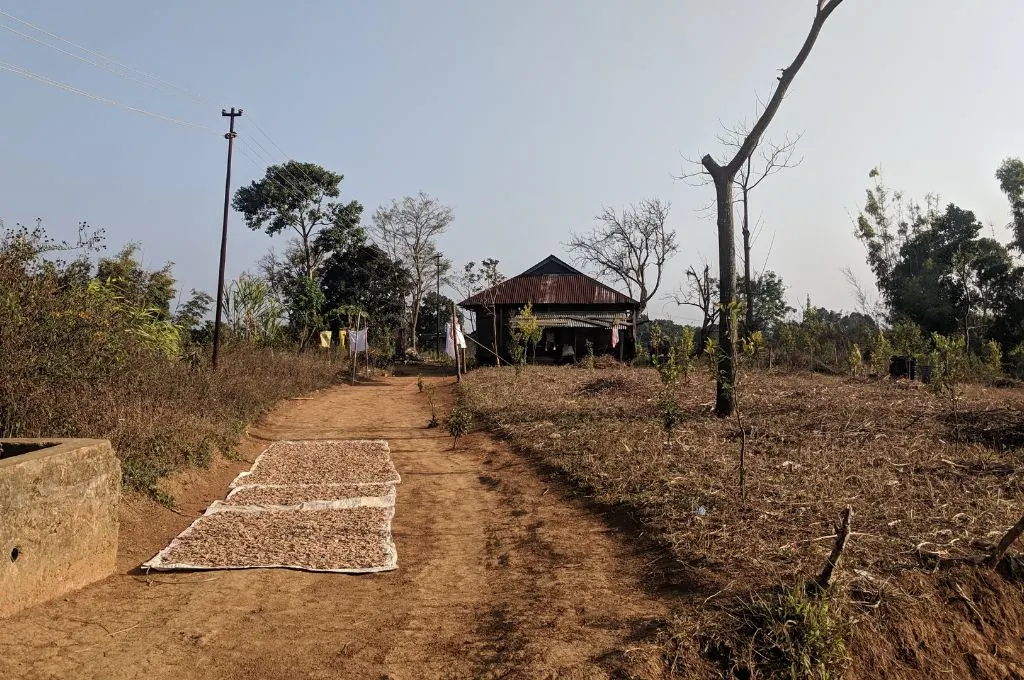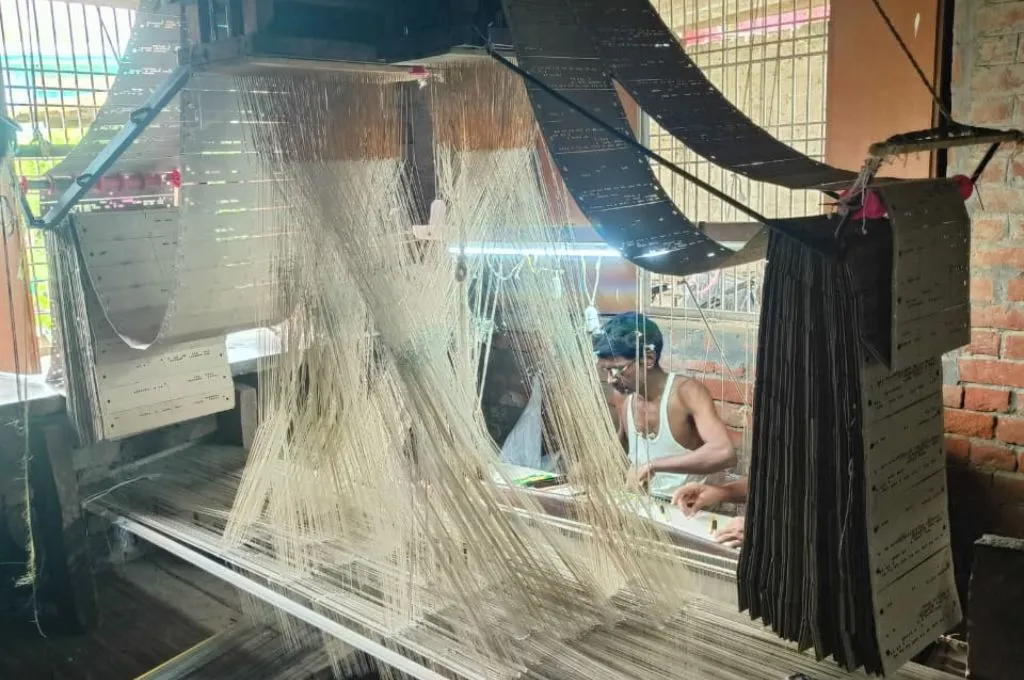For a Mizoram candy brand, seasonal fruits are both a gift and a gamble

In 2020, I started Kimkim Sunhlu, a dried-fruit candy brand in Serchhip district, Mizoram. To the best of my knowledge, at the time, this was the only local dried-fruit candy brand that specifically used seasonal fruits.
We began with sunhlu (gooseberry/amla) candy, which retains the fruit’s natural taste—unlike the processed, preservative-heavy candies found in the market. For many Mizos, sunhlu is a nostalgic flavour, as it is reminiscent of the olden days when it was common for people to have a sunhlu tree on their farmland. The fruit is still a popular snack, and is consumed with a side of salt mixed with chilli flakes. Due to these factors, our product quickly found a market.
It also helps that we have strong support from Mizoram’s close-knit community. Even without spending anything on advertising, word-of-mouth and social media have carried our products far. Customers not only share their thoughts about our candies online but also help with sourcing and reselling. We sell both online and in local stores—individuals and church youth groups often buy the candies wholesale from us and resell for a profit, which boosts our sales and creates small income opportunities for them as well. Sometimes, we even post on social media asking if anyone can connect us to a supplier, and people step forward to help.

Our people have also supported us in diversifying our business. When we branched into making sunhlu tui (concentrated amla juice), villagers in North Vanlaiphai let us borrow their juice machines for a small fee. With the money from the sales and funds received through government schemes, we managed to buy our own machines, which made production much smoother and more sustainable.
Over time, we have diversified into other products to meet the growing demand. Now, we make sunhlu candy and juice, anthur (hibiscus), khawmhma (Chinese sumac), and theiherawt (starfruit) candy. We source our raw materials directly from farmers across Mizoram; for example, sunhlu from Champhai and Serchhip; theiherawt from Aizawl and Champhai; and anthur from Champhai, Lawngtlai, and Serchhip districts. This stable network of farmers makes sourcing much easier.
But the problem is that, due to the unpredictable income from seasonal fruits, the farmers usually grow them in small quantities. With limited supply, we are struggling to sustain our production. Sunhlu only starts growing in autumn and becomes scarce once winter ends. Similarly, anthur is difficult to procure, as it isn’t widely cultivated in Mizoram.
We have tried various ways to address this issue. We even began planting sunhlu trees on our own fields in North Vanlaiphai, but it wasn’t enough. We have also tried storing the fruits in big plastic containers to extend their use beyond the season, but the storage is not enough to meet our production needs.
Zonunsanga Tlau is the founder of Kimkim Food Processing Industry.

As told to Malsawmdawngliani Tara, IDR Northeast Fellow 2025–26.
—
Know more: Learn why young people in Meghalaya are rearing stingless bees.
Do more: Connect with the author at tlauzonuna17@gmail.com to learn more about and support his work.




